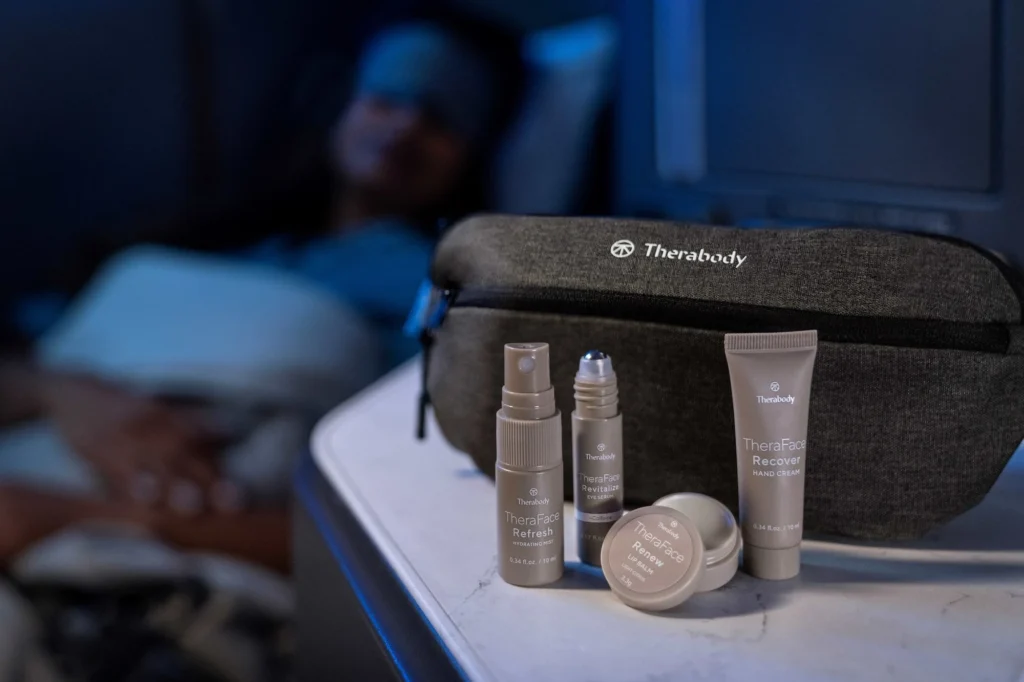Global Wellness Economy Projected To Hit $8.5T by 2027

The category of nutrition, non-GLP weight loss management and supplements is expected to become the largest wellness market in 2025
A new report brings encouraging news to the wellness sector, with the total wellness economy projected to hit a staggering $8.5 trillion in 2027 after reaching $5.5 trillion in 2022.
Research by the Global Wellness Institute (GWI) reveals that wellness spending is expected to profoundly impact the global economy in the next five years, growing at an annual rate of 8.6%, surpassing the projected GDP growth of 5.1%.
The causes of the wellness surge are simple, according to GWI: not only are consumers invested in health and wellness, but the medical industry and even governments are placing increased value on prevention and wellness.
With a landscape of health and optimal living set in motion, here are three of the biggest projected wellness growth sectors through 2027:
Wellness Real Estate (17.4% annually)
Wellness real estate, which GWI defines as buildings, neighborhoods and communities designed to support the holistic health of residents, occupants and visitors, saw accelerated growth due to the pandemic. As consumers became more conscious of their health goals and recognized the influence of their environment on well-being, a shift occurred. Now, places ranging from offices to residential buildings offer spaces with WellnessSpace Brands recovery products, gym equipment or zones promoting social engagement and activities, such as pickleball.
One leading player in the wellness real estate space is lifestyle operator Life Time, which has been opening the doors to upscale clubs that blend fitness and wellness with luxury residences available to lease, where residents can enjoy amenities like rooftop pools, nutrition coaching and even health meal prep and delivery.
“We predict this growth trajectory will continue, as healthy building features increasingly shift from being a luxury, or ‘nice to have,’ toward becoming an expectation or even a minimum standard, especially in the commercial/office real estate space,” GWI’s report finds.
Wellness Tourism (16.6% annually)
Wellness tourism may have been one of the fastest-growing wellness economy sectors before 2020, but as GWI points out, it was also the one most negatively impacted by the COVID-19 pandemic. Despite the challenges, wellness tourism is back on track as a burgeoning sector, with wellness travelers spending more per trip than the average tourist.
Equinox, well-known for its top-tier fitness experience in its celeb-frequented gyms, has created a presence in the hospitality industry to offer next-level wellness, nutrition, movement and restoration with its services and amenities. And Equinox is just getting started – the brand says it’s developing a global network of customer-centric hotels, and plans to launch 33 properties across the globe in the next ten years in key areas.
Whether the primary goal of a trip is wellness-seeking activities at a health resort or destination spa, or a secondary activity like booking a sauna or cold plunge during a work trip, tourists are eager to incorporate a touch of wellness into their travels. Even airlines have taken note, as seen with United collaborating with Therabody to offer luxurious wellness touchpoints to its passengers both at 30,000 feet and in the airport.

Mental Wellness (12.8% annually)
Mental wellness is a resilient sector, according to GWI, finding that it’s “one of the few wellness economy sectors that has continued its upward growth trajectory over the last four years, as consumers sought out products, services and solutions to help them cope with the immense stresses they faced during the COVID-19 pandemic.”
Consumers are happy to spend hard-earned money on products and experiences that promote a mind-body connection, such as self–help guides, sound healing, aromatherapy, stress gadgets, weight blankets, circadian lighting, sleep-promoting and meditation accessories. Functional food and beverages are also enjoying their moment in the sun, as are vitamins and supplements, which are surging in sales in the performance, recovery, mood and digestion categories, according to a recent finding by NIQ.
It’s also a sector that overlaps into wellness tourism, with consumers booking sensory-based entertainment such as forest bathing, hugging therapy, scream therapy, laughter yoga, cuddle parties and flotation tanks.
The Bottom Line
“Looking into the horizon, the global wellness economy has a strong current under its wings, based on global trends that are only accelerating: an aging population, rising chronic diseases and mental unwellness and a shift in consumer values,” said Ophelia Yeung, GWI senior research fellow, adding that there are some challenging macro conditions to be considered.
“Widening wealth gaps, consumer confidence in uncertain economic conditions, and rapidly changing geopolitics that will affect the flow of people, capital, technology and ideas,” Yeung continued. “How the wellness economy will do will depend on the interplay of all of these factors.”
In the short term though, there is immense potential. By 2025, GWI predicts healthy eating, nutrition and weight loss will become the largest wellness market, but it’s important to note that estimate doesn’t include medical interventions, such as GLP-1s, as part of its total.
Instead, GWI projects a continued consumer interest in foods and beverages that are positioned and marketed as wellness-enhancing, vitamins, dietary supplements and weight management products and services. Although such a category may sound almost archaic in a tech-forward world, food and beverage titans such as Nestlé are currently using AI to create nutritious yet tasty products.
Read the full GWI report here.
Courtney Rehfeldt has worked in the broadcasting media industry since 2007 and has freelanced since 2012. Her work has been featured in Age of Awareness, Times Beacon Record, The New York Times, and she has an upcoming piece in Slate. She studied yoga & meditation under Beryl Bender Birch at The Hard & The Soft Yoga Institute. She enjoys hiking, being outdoors, and is an avid reader. Courtney has a BA in Media & Communications studies.



